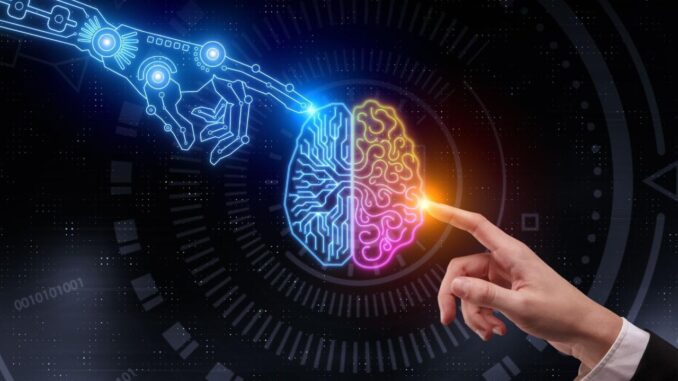
AI based on functionality can be categorized into different types, each serving distinct purposes and applications. Here are several key categories of AI based on their functionality:
1. **Reactive Machines**: – These are the simplest forms of AI that do not have memory or the ability to learn from past experiences.








They can only react to specific stimuli in their environment.
– **Example**: IBM’s Deep Blue chess-playing computer.
2. **Limited Memory**:
– These AIs can use past experiences to inform future decisions. They can learn and adapt from historical data but do not retain this information indefinitely.
– **Example**: Self-driving cars that learn from road conditions and driving behaviors over time.
3. **Theory of Mind**:
– This is a more advanced form of AI that is still largely theoretical. It involves understanding emotions, beliefs, and other mental processes in humans and other agents.
– While true theory of mind AI has not yet been developed, research is ongoing.
4. **Self-aware AI**:
– This represents a future stage of AI where machines possess self-awareness and consciousness. They would have their own thoughts, emotions, and insights, resembling human cognitive abilities.
– This type of AI is still largely speculative and not currently in existence.
5. **Narrow AI (Weak AI)**:
– Designed to perform a specific task or solve a particular problem. These systems operate under a limited set of constraints and are highly efficient within their domain.
– **Example**: Virtual assistants like Siri or Alexa, recommendation systems on streaming services, and chatbots.
6. **General AI (Strong AI)**:
– Refers to AI that possesses the ability to understand, learn, and apply intelligence across a wide range of tasks, similar to human cognitive functioning.
– General AI is still a theoretical concept and has not yet been achieved.
7. **Superintelligent AI**:
– A level of intelligence that surpasses human intelligence in all aspects, including creativity, problem-solving, and emotional intelligence.
– Currently hypothetical and the subject of much debate regarding its implications for society and ethics.
8. **Expert Systems**:
– AI programs designed to solve complex problems by reasoning through bodies of knowledge, represented mainly as if-then rules.
– **Example**: Medical diagnosis systems that provide recommendations based on patients’ symptoms.
9. **Machine Learning (ML)**:
– A subfield of AI focused on developing algorithms that allow machines to learn from and make predictions or decisions based on data.
– **Example**: Image recognition software, spam filters, and recommendation algorithms.
10. **Deep Learning**:
– A specialized area of machine learning that uses neural networks with many layers (deep networks) to model complex patterns in large data sets.
– **Example**: Natural language processing applications, like Google Translate, and computer vision systems.
Each of these AI types serves different functions and applications, contributing to the vast potential of AI technology in various fields such as healthcare, finance, transportation, and entertainment. The ongoing development in this domain continues to shape the future of how we interact with technology.

Leave a Reply